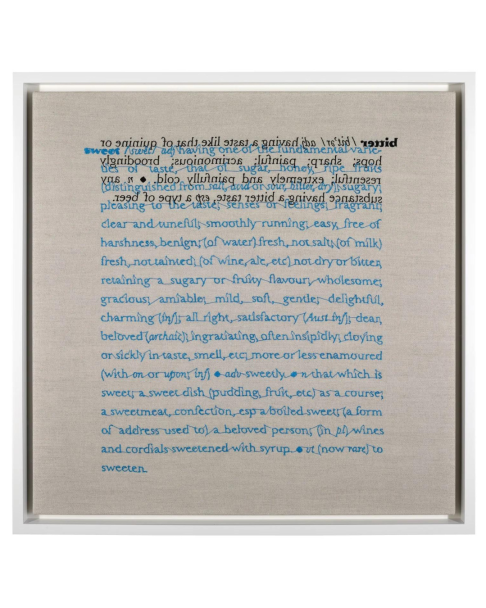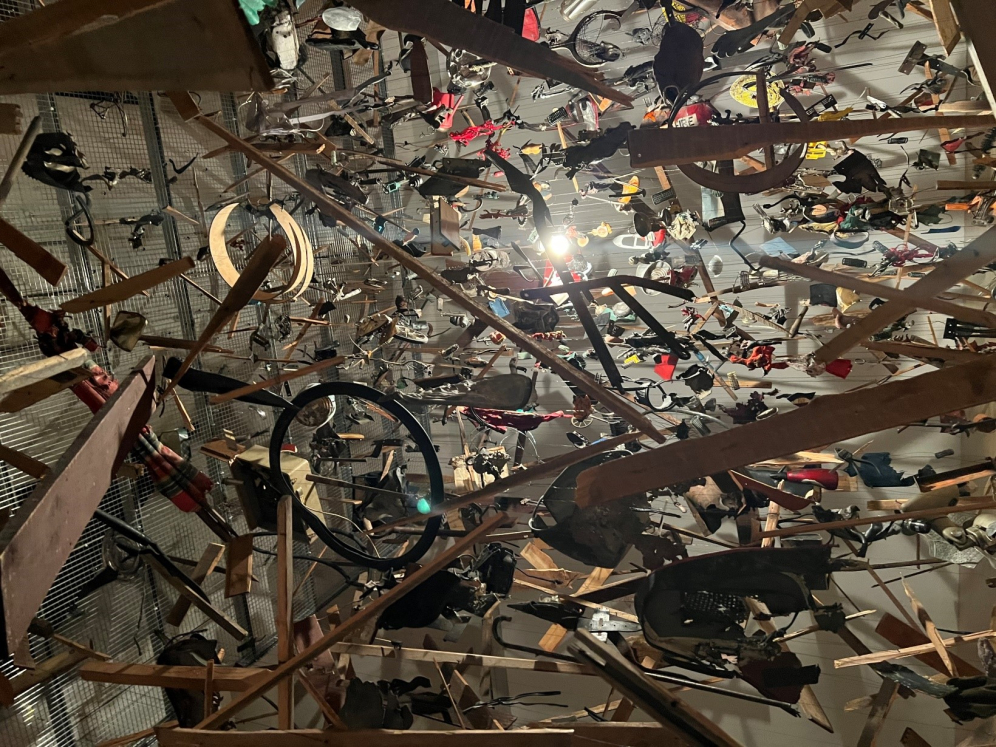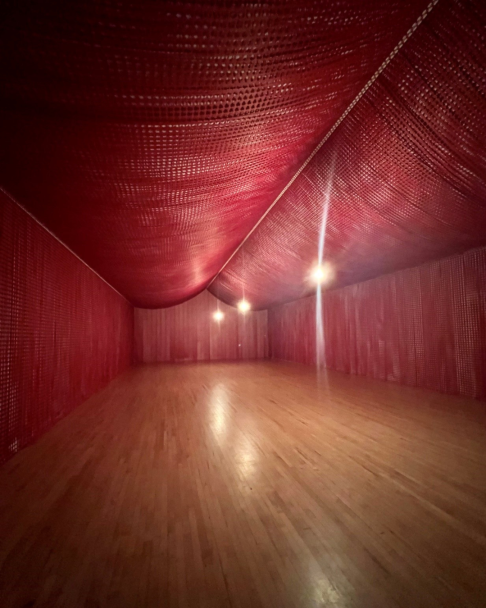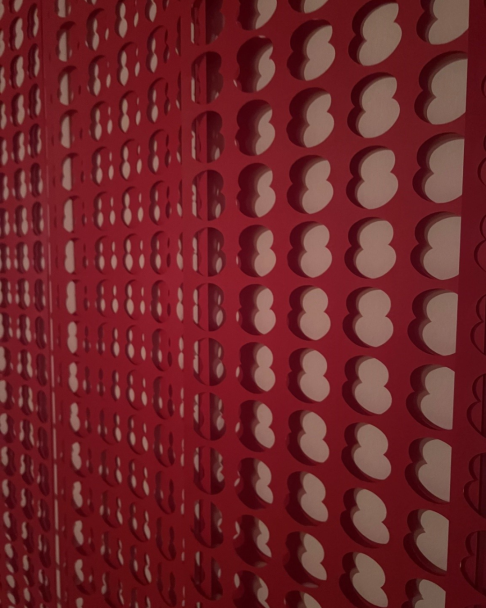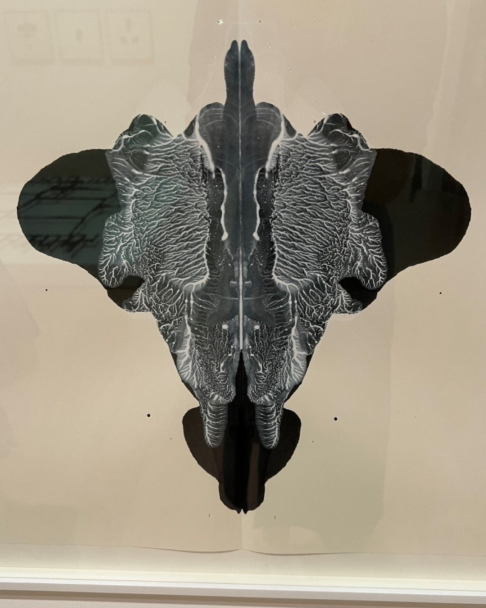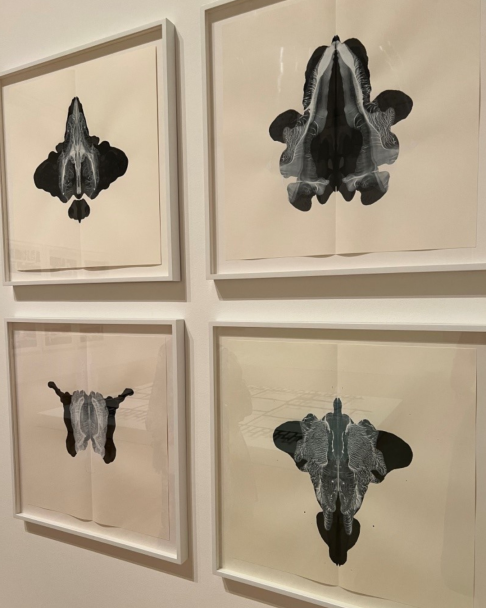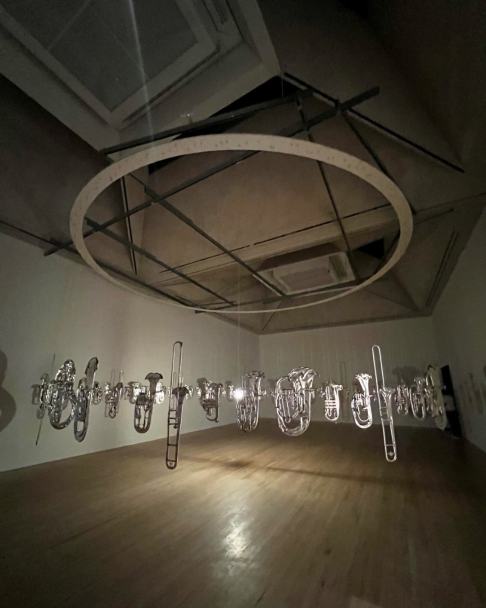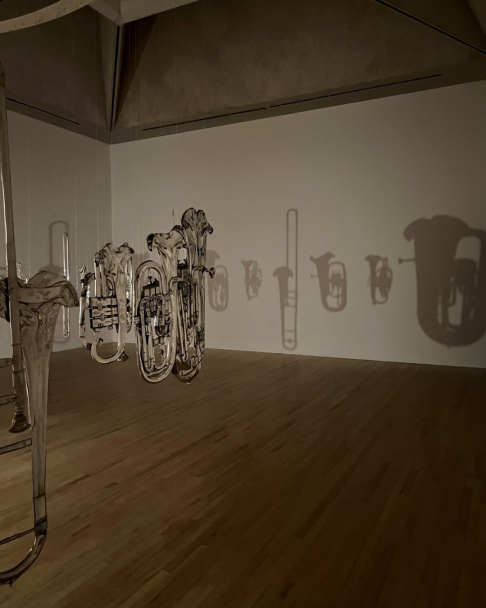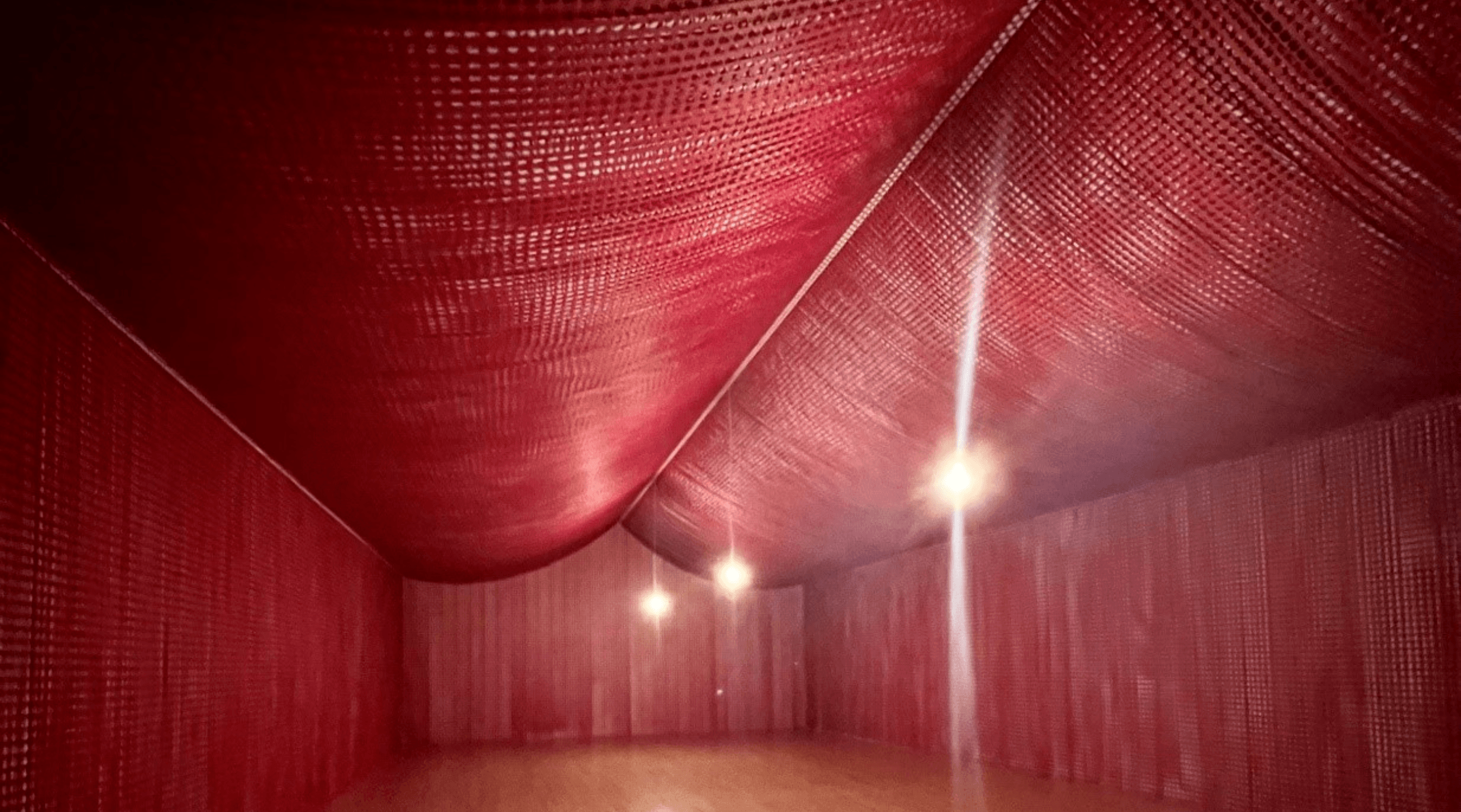
Out & About: Cornelia Parker at Tate Britain
Cornelia Parker is one of Britain’s best loved and most acclaimed contemporary artists, well known for her sculpture and installation art.
In the lobby at Crosby Street Hotel, we have art by Cornelia Parker and Fine Cell Work from their Human Touch project. Fine Cell Work is a charity and social enterprise, training prisoners in paid, skilled, creative needlework. The charity aims to enable prisoners to develop new skills, earn money and acquire the self-belief to stop offending. This collaborative piece was designed by Cornelia Parker and then embroidered by a prisoner in the UK. Parker asked the stitcher to do it in a manner ‘to look like someone has penned the work’. With proceeds from the sale going directly to the charity, we proudly won the bid and now the embroidered work titled ‘Bitter/Sweet (verso)’ proves the worth of Fine Cell Work in New York.
This week we visited the Cornelia Parker exhibition at Tate Britain. It was evident throughout the exhibition that Parker has a unique ability of storytelling and it is driven by her curiosity with the world. She often engages with the fragility of existence, playing with ideas of life and death, side by side in a beautifully artistic juxtaposition.
Here are just some of her thought provoking artworks that stood out to us when we went out and about…
Cold Dark Matter: An Exploded View
We watch explosions daily. Be this in an action movie, a documentary or through the never-ending news reports of conflict. For this piece, Parker wanted to create an actual explosion, not a representation of one that we see on a screen. She chose a shed as they are usually bursting with redundant things. Things that people can’t bring themselves to throw away. The shed was blown up by the Army School of Ammunition and the army then helped her comb the fields for the items which were burnt and mangled by the blast. There’s an apocalyptic tone to the piece, yet the light shining through also gives it a gentle and calming quality. We found that this artwork also highlights the consumerist nature of the world. We can have a shed growing full of items which are never used and gather dust, yet we can’t seem to part with them.
War Room
Parker was invited to make a piece about the First World War and had always wanted to go to the poppy factory in Richmond, London. This is where artificial poppies have been made since 1922 and are sold to raise money for ex-military and their families. When visiting, she was confronted with a large machine with rolls of paper where punctured holes were visible. These were from where the poppies had been cut. The absence of the poppies is poignant because a lot of people who fought in the First World War didn’t make it back and from other wars since. Parker decided to hang these perforated pieces of paper in a tented room to mimic fabric. In the room there are about 300,000 holes, a small fraction of the total lives that were lost in the war. Upon entering, it is impossible not to be moved by what those poppy-shaped holes represent. The effect is thought provoking but immensely sobering.
Poison & Antidote Drawings
While Parker was in Texas exploring various politically charged and controversial topics for her art, she asked a nearby rattlesnake farm if they could milk some snakes for her. They gathered enough venom to kill at least 10 people. Then she approached a doctor to prescribe just the right amount of anti-venom to counteract the deathly effects. Combining the venom with black ink and anti-venom with white ink, these drawings could kill or save your life simultaneously. The pieces of paper with the ink were folded in the middle in order to create identical impressions on each side. They have abstract shapes and delicate branch line details which reminded us of the substances travelling through one’s veins.
Perceptual Canon
When invited to make a circular piece to hang inside a beautiful dome, Parker was instantly drawn to the idea of filling it with sound. This evolved into the idea of a muted marching band, having been silenced and had their last breath squeezed out of them when the instruments were flattened. In Parker’s words: ‘the band may be winded, but they’re not down and out: they’re still marching’. This is evident as although the artwork initially represents silence, the circular suspended instruments have cast shadows that continue to dance around the room.
These are just a few of Cornelia Parker’s thought provoking and inspiring works of art that are on display at the exhibition. It’s on until 16th October at Tate Britain and we couldn’t recommend it more! If you’d like to go out and about and visit yourself, click here.


